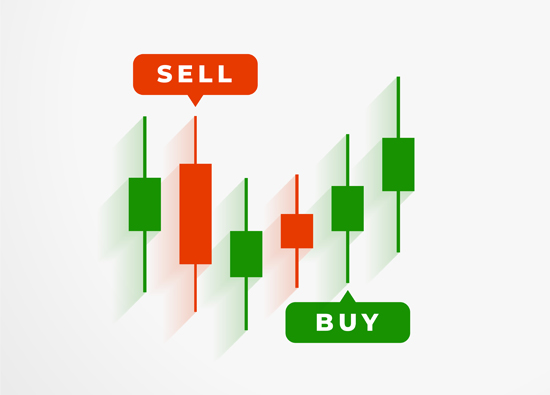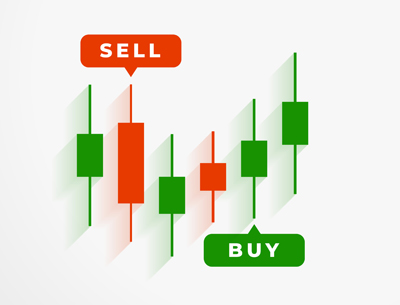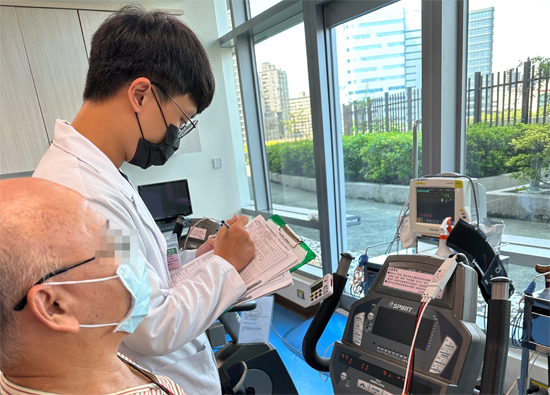10.2023 Life Guide
Taiwan Stock "Dangchong" Lazy Pack
Oriental Securities Corporation / Provided


 Recently, due to the AI issue, the popularity of Taiwan stocks has significantly rebounded. However, after experiencing last year's stock market volatility, the public is all worried about the high risk and dare not hold stocks for the long term. According to statistics from the stock exchange, the daily cash flow rate in August reached over 40%, indicating that investors are eager to earn pocket money through "cash flow". However, any investment carries risks, and if you want to become a rogue, you must first understand the trading system of Dangchong.
Recently, due to the AI issue, the popularity of Taiwan stocks has significantly rebounded. However, after experiencing last year's stock market volatility, the public is all worried about the high risk and dare not hold stocks for the long term. According to statistics from the stock exchange, the daily cash flow rate in August reached over 40%, indicating that investors are eager to earn pocket money through "cash flow". However, any investment carries risks, and if you want to become a rogue, you must first understand the trading system of Dangchong.What is' Dangchong '?
Day Trading is the abbreviation for 'day trading', which can be divided into two types: 'bond trading' and 'current stock trading'. The latter is more common and also known as' stock trading '. It refers to investors buying and selling the same stock on the same day to earn a price difference. In other words, the buying and selling action ends on the same day, and the investment target is only held in the market and will not be placed on the next trading day.
Handling fees when offsetting
There are currently two transaction costs for buying and selling Taiwan stocks, namely "brokerage fees" and "securities and exchange taxes". The former is charged at 0.1425% of the transaction amount, and the latter is calculated at NTD20 if the transaction amount is less than NTD20; The latter charges 0.3% when the stock is sold. However, according to Taiwan's current tax regulations, if it is offset on the same day, the applicable tax burden can be halved to 0.15%, and this discount will be implemented until December 31, 2024. If electronic transactions are made through Oriental Securities Corporation, the handling fee can be discounted by 30%, and the cost can be further reduced.
Current transaction time
There are two trading periods for daily offsetting. The first is the regular trading period from 9:00 to 13:30, during which investors can buy before selling and sell before buying; Secondly, during the aftermarket pricing trading period from 14:00 to 14:30, there is only one matchmaking opportunity, which can only offset outstanding orders during the regular trading period of the day.
Investors' eligibility for hedging
According to the Stock Exchange's "Regulations on the Operation of Daily Offset Trading of Securities", in order to engage in reverse trading, three conditions must be met, including: opening a securities account for at least 3 months (not limited to a single securities firm), having a total of 10 or more transactions within a year, and signing a "general authorization consent form" and a "risk warning form" with the securities firm.
The risk of being charged
Many newspapers, magazines, and internet influencers claim that Dangchong is a "no capital" transaction, but in fact, it is not the case. Although it may seem like you don't need to prepare the principal to earn a price difference, you still need to deduct "handling fees" and "securities tax" from the profit and loss. For example, when an investor buys an NTD550 TSMC at the opening of the market, it rises by 1% to NTD555.5 during the trading day and intends to offset it on the same day, thinking that they have earned NTD5500. However, after deducting transaction costs ("550000 * 0.1425%+55500 * 0.1425% (2 transaction fees)+55500 * 0.15% (securities and tax)=2407"), they only earn NTD3093.
Similarly, it can be seen that if the price of the stocks being offset moves towards a flat market, simply paying transaction costs may cause losses. In addition, due to the low transaction costs required for offsetting, some investors only deposit a small amount of funds in the delivery account. Once a judgment error leads to a loss or forgets to reverse reverse write off, it is easy to be declared as a default delivery due to insufficient account balance and securities firms being unable to deduct money. In this way, not only does it affect credit records and require payment of liquidated damages, but it may also face criminal responsibility, so it should not be careless!
In short, each operation method carries risks, and it is recommended that investors abide by discipline, avoid frequent trading, and most importantly, find investment strategies that are suitable for themselves.
Image source: freepik
#




















